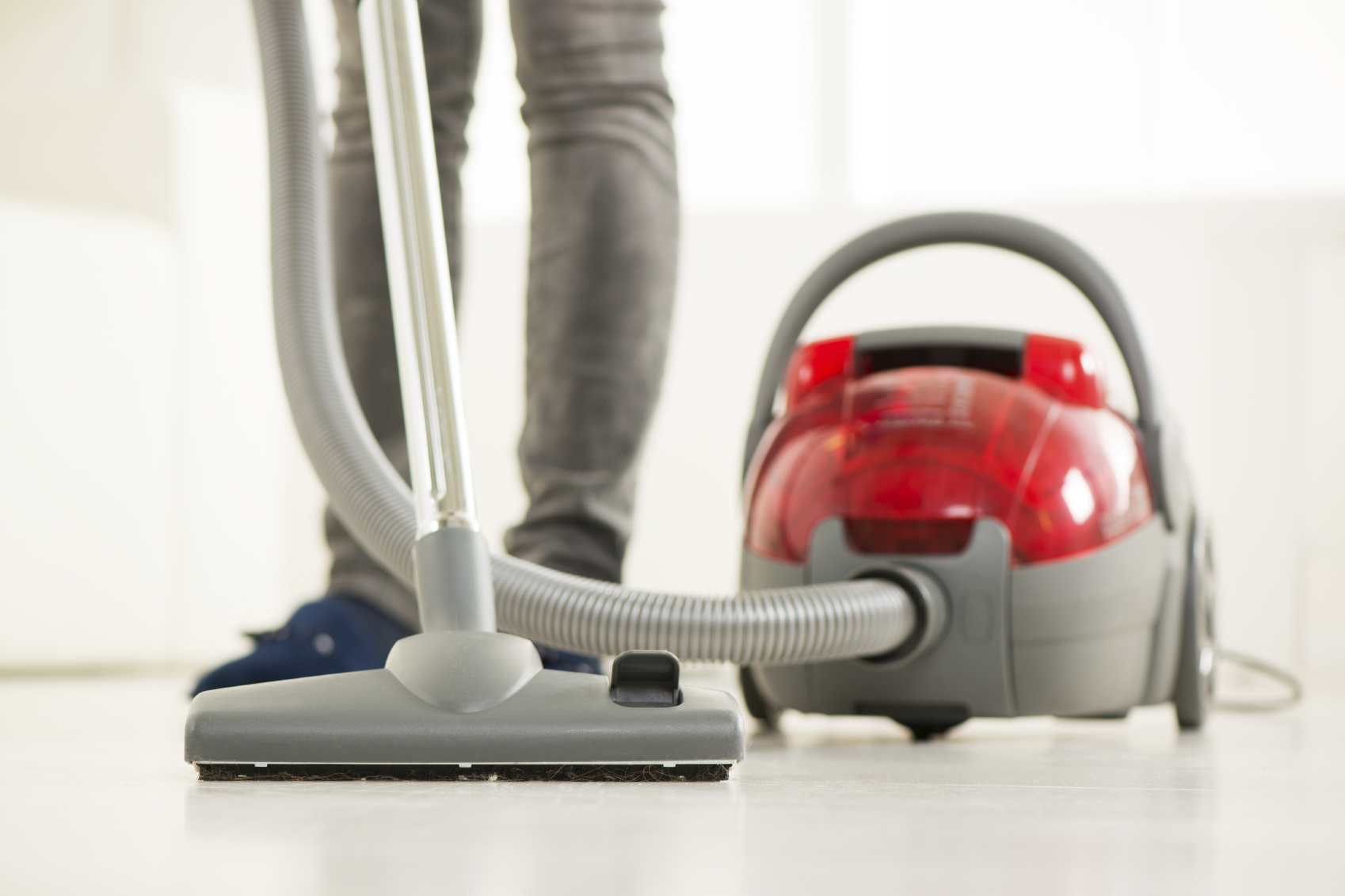
The Waste
Are you one of the millions of people who celebrate Christmas by bringing a real Christmas tree into your house? If you are, you know that trees tend to loose all their needles before the season ends, but especially when it’s time to discard it. So you get out the vacuum and suck up all the needles. But do you vacuum the basement and bedrooms too, or just the rooms that the tree was in or got dragged though? You probably just vacuum the rooms with the needles. But with industrial vacuum systems, all the “rooms” get vacuumed whether they need it or not. Only a couple machines in the plant may actually need the vacuum but all the machines get it because of the possibility that they might be running.
I can’t tell you how many times I have gone into a manufacturing facility that has a large vacuum system with multiple vacuum pumps serving multiple machines and half of the machines are not running, or better yet never operate at the same time as the other machines. Most times the vacuum points that are not needed are capped off but the vacuum pump is still operating at full speed increasing the vacuum pressure or triggering a vacuum relief valve. This results in the vacuum system drawing almost as much power as it would if the entire system was being utilized.
The Solution
The solution involves installing automatic gates or valves on each of the vacuum points and interlocking them with the machines. Therefore, when the machines are off, the gates are closed. This would reduce the amount of vacuum flow needed at any given time. As the gates close, the motor can be slowed down with a VFD controlled to maintain a desired system vacuum.
Common Issues and Savings Potential
Depending on what you are conveying through the vacuum system, the air velocity needs to be maintained at a high enough level to keep the material entrained in the air. Otherwise you could plug your system. However, maintaining the same vacuum after the VFD is installed should not significantly affect system velocities. This needs to be carefully considered for each system that is going to be controlled. Because of this it is recommended to go with a controller specifically designed to control vacuum systems.
Systems serving processes that require vacuums with no material transport would also be good applications.
Of the projects I have seen successfully implemented, the savings varied from 50-75% of the electrical power consumed by vacuum motors with paybacks of less than two years. This can be substantial when you consider these motors are oftentimes some of the larger motors in a facility. So stop sucking up your bottom line and inflate your profits.



